Name Maurice Benayoun Movies L’ame et la pierre Period Contemporary art | Known for New media art Role Artist | |
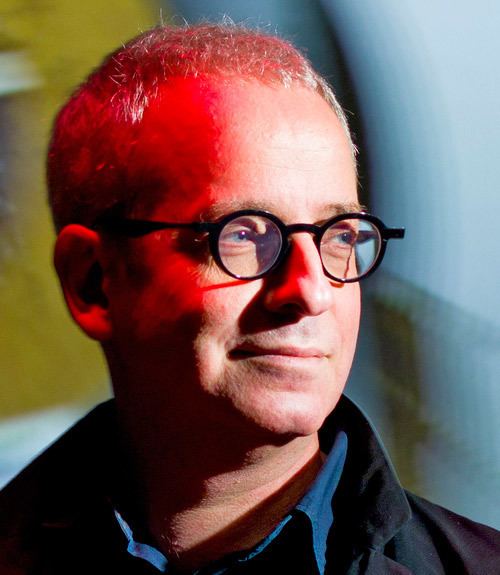 | ||
Full Name Maurice Benayoun Awards Golden Nica1998 World Skin Books 207 hypotheses for committing art Similar People Jeffrey Shaw, Alain Escalle, Roy Ascott | ||
Streaming museum s 4th anniversary with artist maurice benayoun
Maurice Benayoun (aka MoBen or 莫奔) (born 29 March 1957 in Mascara, Algeria) is a French pioneer new-media artist and theorist based in Paris and Hong Kong. His work employs various media, including (and often combining) video, immersive virtual reality, the Web, wireless technology, performance, large-scale urban art installations and interactive exhibitions.
Contents
- Streaming museum s 4th anniversary with artist maurice benayoun
- Vr mix 2012 immersion vs fusion maurice benayoun open media artist
- Biography
- Infra realism
- History of the concept
- In virtual reality and augmented reality
- Selected awards
- Selected works
- References
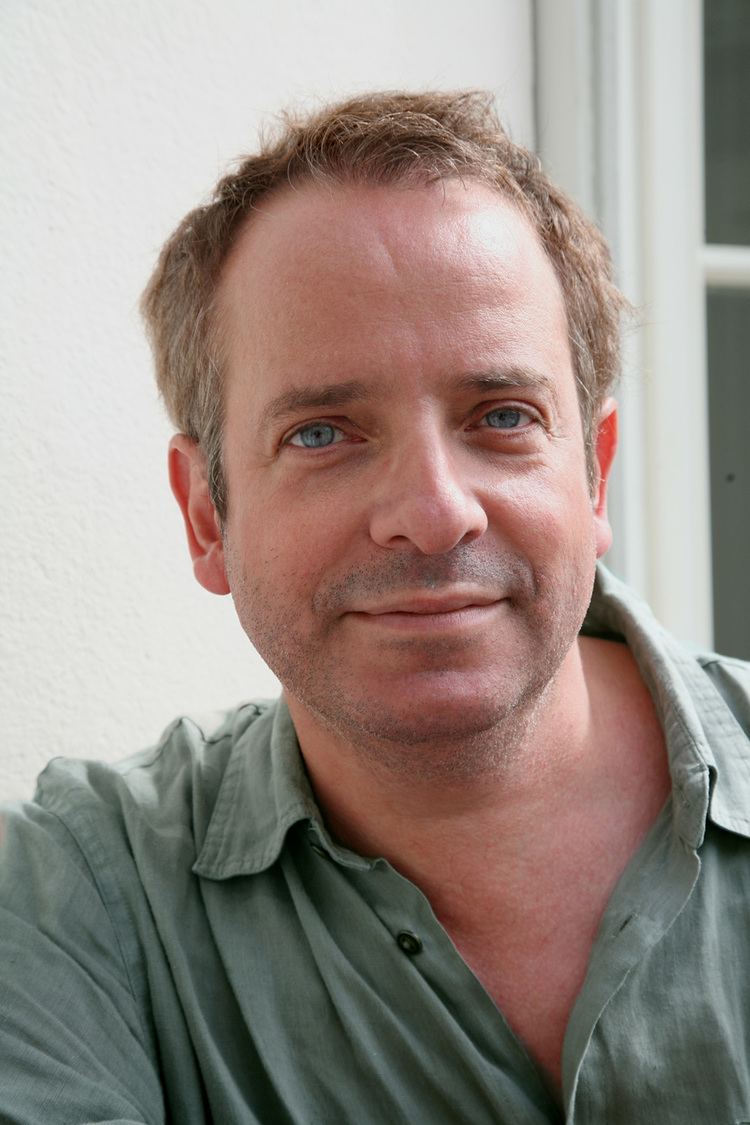
Vr mix 2012 immersion vs fusion maurice benayoun open media artist
Biography
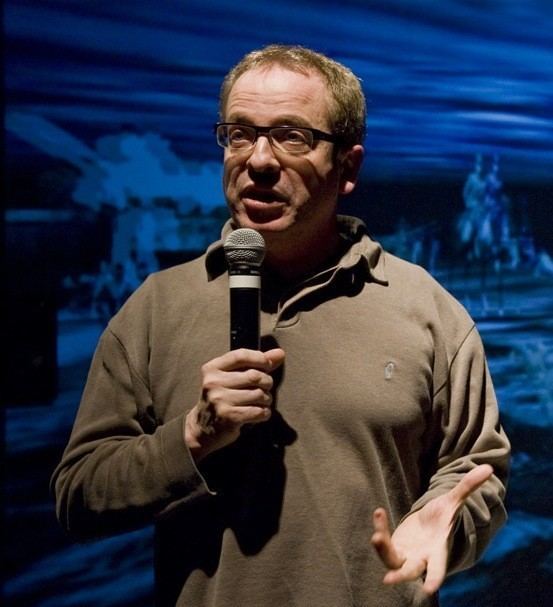
Born in Mascara, Algeria in March 1957, he moved to France in 1958. Graduating in Fine Arts (Pantheon-Sorbonne University) in the early 1980s, Benayoun directed video installations and short videos about contemporary artists, including Daniel Buren, Jean Tinguely, Sol LeWitt and Martial Raysse. In 1987 he co-founded Z-A, a computer graphics and Virtual Reality private lab. Between 1990 and 1993, Benayoun collaborated with Belgian graphic novelist François Schuiten on Quarxs, a computer graphics world that explores variant worlds with alternate physical laws. In 1993, he received the Villa Medicis Hors Les Murs for his Art After Museum project, a virtual reality contemporary art collection.
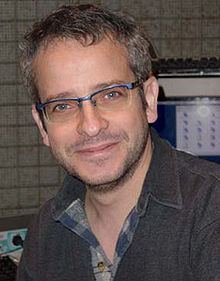
After 1994 Benayoun was involved with more virtual-reality and interactive-art installations. One of these was described by Jean-Paul Fargier in Le Monde (1994) as "the first Metaphysical Video Game". One important work from this period includes The Tunnel under the Atlantic, finished in 1995. This was a tele-virtual project linking the Pompidou Center in Paris and the Museum of Contemporary Art in Montreal. More than a technical performance, as the first intercontinental virtual reality artwork (called "televirtuality", Philippe Quéau, 1994), this installation was one-of-a-kind example of what Maurice Benayoun calls architecture of communication, as another way to explore limits of communication, after Hole in Space by Kit Galloway and Sherrie Rabinovitz. The Tunnel under the Atlantic introduces the concept of dynamic semantic shared space.
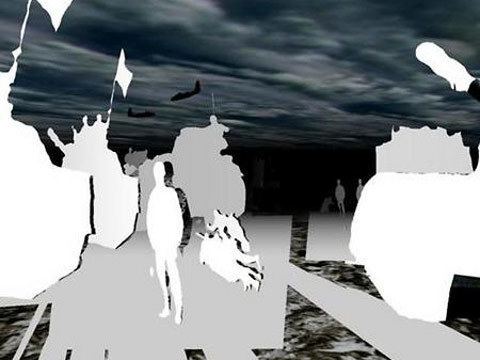
In 1997 he creates with Jean-Baptiste Barrière World Skin, a Photo Safari in the Land of War, an immersive installation, often mentioned as a reference in virtual art, which was awarded with the Golden Nica, Ars Electronica 1998.
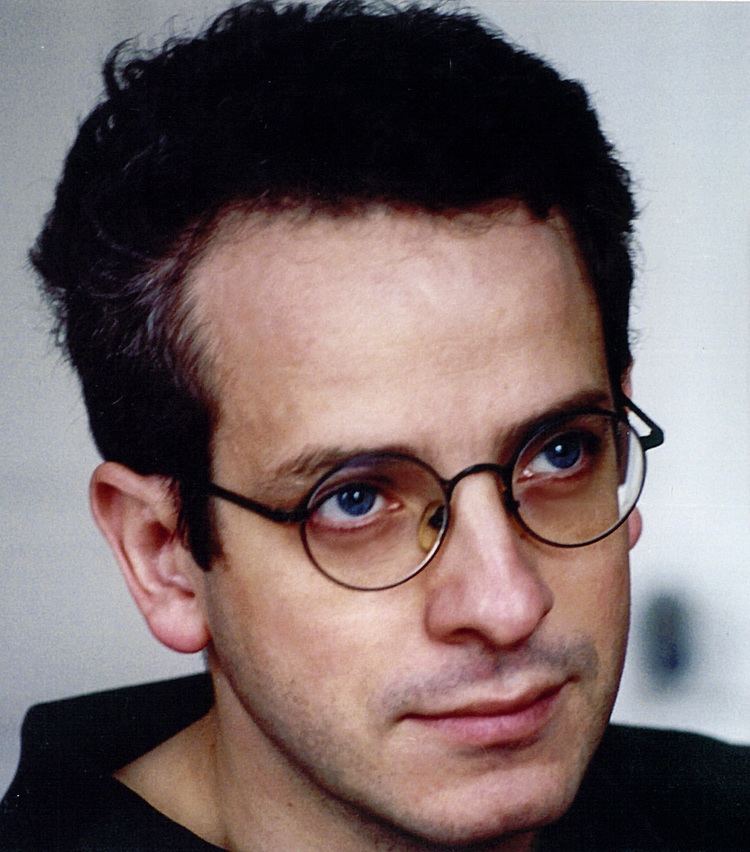
The Navigation Room (1997) and The Membrane (2001) were created for the Cité des Sciences de la Villette. The Navigation Room presented, through an innovative interface, highly personalized visits and content, ending with a web page dedicated to each visitor. The Membrane (2001) — the core of the exhibition Man Transformed — was a large surface breathing and feeling the presence of the visitors. The Panoramic Tables for the Planet of Visions pavilion for Hanover EXPO2000, directed by François Schuiten, was an innovative application of augmented reality. In 2006, together with the architect Christophe Girault, they created the new permanent exhibition inside the Arc de Triomphe, Paris, opening in February 2007.
Benayoun conceived and directed the exhibition Cosmopolis, Overwriting the City (2005), a giant art and science immersive installation presented for French Year in China in Shanghai, Beijing, Chengdu and CongQing. In 2008, NeORIZON, a large scale urban installation in Shanghai, converted people into flash codes then becoming the city itself. Initiated in 2005, the series of works, Mechanics of Emotions presents Internet as the world nerve system and world emotions as a possible material for the new metaphoric model of economy.
In 2008 Maurice Benayoun submitted his blog, The Dump, a dump of undone art projects, as a doctorate thesis entitled: Artistic Intentions at Work, Hypothesis for Committing Art at Université Paris 1, la Sorbonne. The Phd received the "mention très honorable avec felicitations du jury" (First-Class Honors with Distinction).
To extend his vision of Urban Media Art, Maurice Benayoun launched in 2014, as a curator, Open Sky Project, allowing artists (Open Sky Gallery), and students (Open Sky Campus) to conceive and present works for one of largest screen in the world, the ICC media façade (70 000m2). This program offered more than 100 artists and students, the opportunity to exhibit their work in the public space. The ICC media façade represent about half the surface of the Hong Kong Skyline video displays.
As a theorist, Maurice Benayoun coined the concepts of Critical Fusion, as "the fusion of fiction and reality to decipher the world" and Extended Relativity, a model from physics to understand the process of subjective data mining and urban navigation . He considered his recent works as a form of Open Media Art, paraphrasing Jon Ippolito, not limited to the traditional forms, media and economic schemes of art.
From 1984 to 2010 he was assistant professor at Paris 1 university, Pantheon-Sorbonne, where he was co-founder and art director of the CITU research center (Création Interactive Transdisciplinaire Universitaire) together with Paris 8 University. CiTu was dedicated to research and creation (R&C) in the emerging forms of art. In 2010 he became associate professor at Paris 8 university, where he founded (2011) and heads H2H Lab (the Human to Human Lab), a cluster of public and private labs envisioning art as an advanced form of human mediations. In August 2012, he becomes full Professor in the School of Creative Media of City University of Hong Kong where he is chair of the School of Graduate Studies and PhD coordinator.
Infra-realism
(Infra-realisme in French, could be interpreted as 'sub-realism') has been coined in the early 90s to describe the specificity of the new form of realism emerging from 3D computer graphics.
History of the concept
During the production of Quarxs (1989–1993), the first animation series made of HD computer graphics, the author, new media artist and theorist Maurice Benayoun intended to make the difference between visual realism based on the transcription of how the world reflects light, and what he called Infra-realism, or "realism of the depth" or "the deep realism behind the surface" where, beyond the perceptive appearance, shapes stem from the application of principles coming from physics, optics, chemistry or biology. We could call this procedural, parametric, generative, or biomimetic simulation. To illustrate the concept, Maurice Benayoun used during his talks and lectures, to differentiate visually represented water - as light effects that can be translated into shades or colors - and the same effects generated thanks to fluid simulation and light propagation algorithms. 3D graphics allow to "simulate" clouds, water, smoke but also behaviors like flocks of birds or fishes... Even light reflection becomes an application of physical phenomenons. more than the automatization of visual analogy as practiced by painters and photographers, 3D computer graphics realism becomes an activation of the sub-layer of reality.
In virtual reality and augmented reality
Based on real time graphics, virtual reality and augmented reality make an extensive use of infra-realism. The VR artworks created after 1993 by Maurice Benayoun like "Is the Devil Curved" or the "Tunnel under the Atlantic" often refer to the concept of infra-realism even regarding the use of artificial intelligence.
